When you think about potential hazards in your home, you might imagine things like faulty wiring or slippery floors. But there are less obvious dangers that could affect both you and your furry friends. Some everyday household items can pose significant risks without you even realizing it. Here’s a rundown of 14 things in your home that could spell trouble for you and your pets.
1. Houseplants
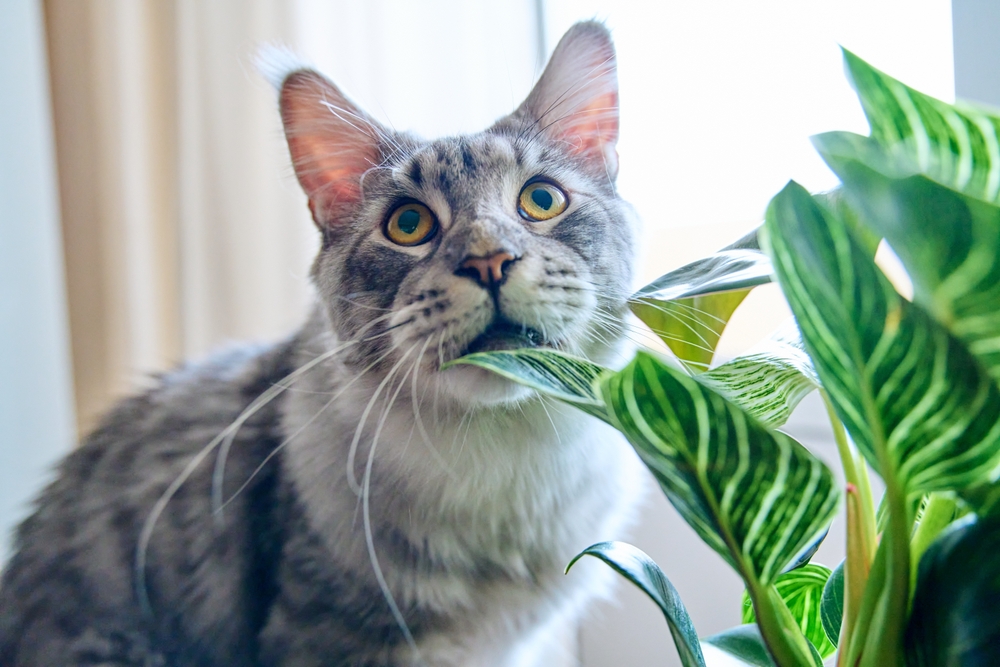
Your lush, green houseplants might look beautiful and add a touch of nature to your living space, but they can be dangerous for pets. Many common houseplants, like lilies, poinsettias, and philodendron, are toxic to animals. If ingested, these plants can cause symptoms ranging from mild irritation to severe poisoning. According to the ASPCA, lily ingestion can lead to kidney failure in cats, making it crucial to keep these plants out of reach. Before bringing a new plant home, double-check its safety with reputable sources or your veterinarian.
It’s not just ingestion that’s a concern; some plants can cause skin irritation or allergic reactions in pets. Curious cats and dogs might brush against these plants, leading to rashes or itching. You might not even realize that your pet’s discomfort is linked to the greenery in your home. Sometimes, pet-safe alternatives can replace toxic plants without compromising aesthetics. Consider switching to safer plants like spider plants or Boston ferns to ensure a pet-friendly environment.
2. Cleaning Supplies
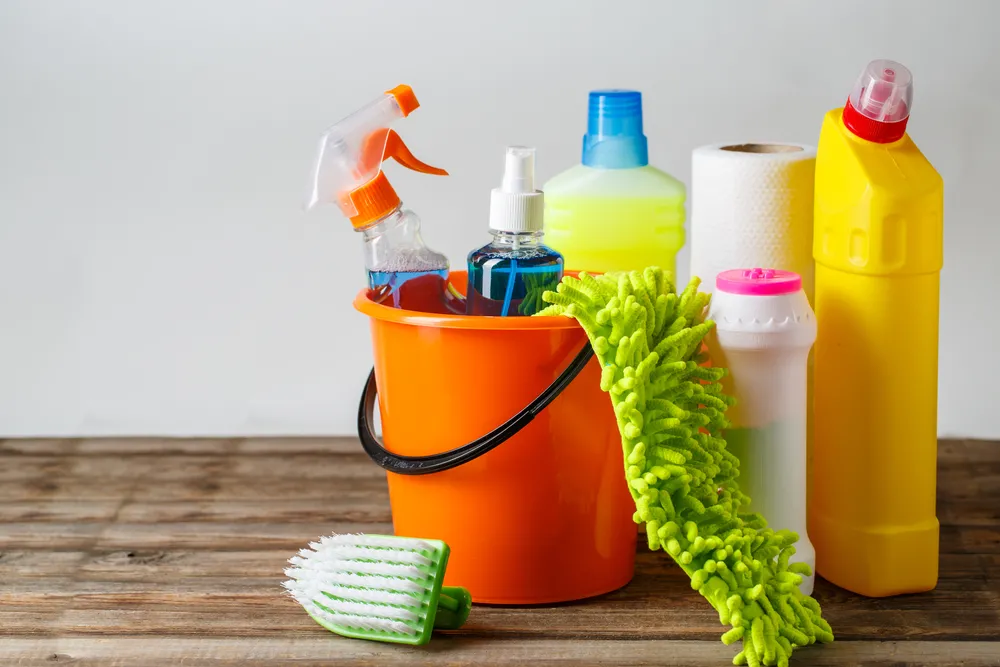
Cleaning supplies are essential for maintaining a tidy home, but they often contain harsh chemicals that are harmful to pets. Products such as bleach, ammonia, and certain detergents can cause respiratory and digestive issues if ingested or inhaled. Pets are naturally curious and may lick or sniff surfaces that have been recently cleaned. To minimize risks, always store cleaning products in a secure location that your pets can’t access.
When using cleaning products, it’s also a good idea to ventilate the area by opening windows or using fans. Pet-safe cleaning alternatives are available and can offer peace of mind. Ingredients like vinegar and baking soda are effective cleaners that are less harmful to your pets. Taking these precautions helps ensure that your cleaning routine doesn’t inadvertently harm your furry friends. Always read labels carefully to be aware of potential risks.
3. Electrical Cords
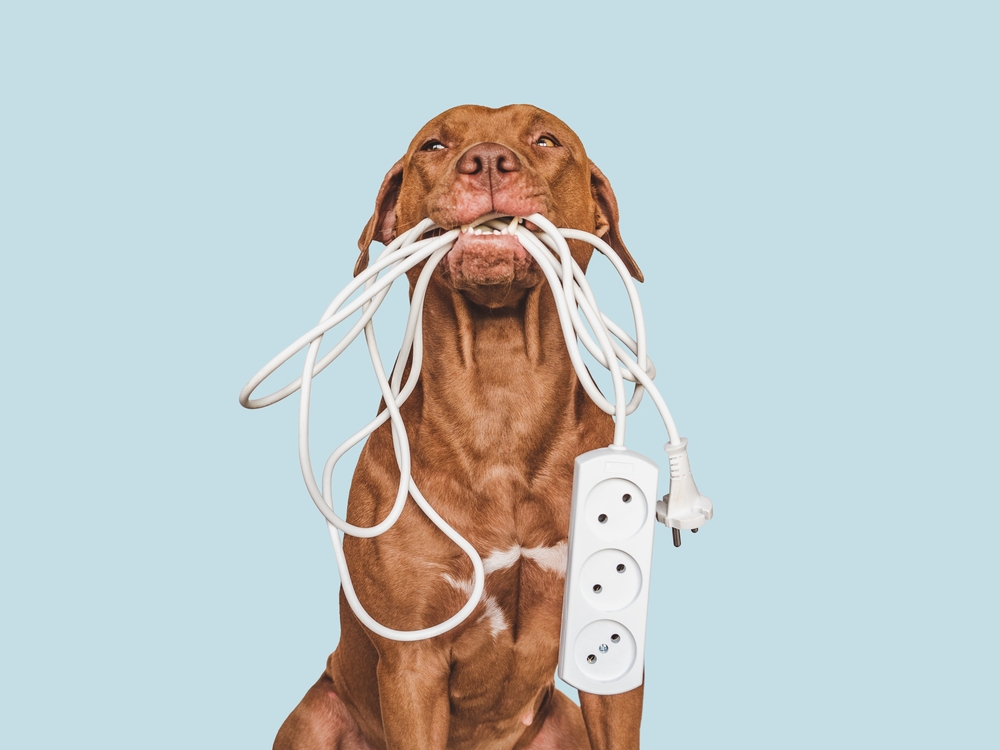
Electrical cords can seem innocuous, but they pose a significant risk to your pets, especially if they like to chew. Puppies and kittens, in particular, are prone to gnawing on cords, which can lead to electrical shocks or burns. According to Dr. Janet Tobiassen Crosby, a veterinarian, chewing on electrical cords can result in fatal electrocution, especially for smaller animals. To prevent accidents, use cord protectors or keep cords out of reach of your pets.
In addition to the risk of electrocution, tangled cords can also create tripping hazards. Both you and your pets could suffer injuries from trips and falls. Organizing and securing cords can help eliminate such risks. Consider using cable organizers or ties to keep cords neat and out of the way. This simple measure can prevent a potentially dangerous situation from occurring.
4. Human Food

The food you enjoy might not be safe for your pets, even if they beg adorably at the dinner table. Certain human foods can be toxic to pets, including chocolate, grapes, and onions. For instance, chocolate contains theobromine, which is especially harmful to dogs and can lead to severe health issues. It’s important to resist the temptation to share your meals with your pets, no matter how much they plead.
Aside from toxic foods, even non-toxic human foods can cause digestive upsets in pets. Foods high in fat, sugar, or salt can lead to obesity and other health problems. Always keep human food out of reach and ensure that curious pets can’t access leftovers or scraps. Instead, offer them pet-safe treats that are designed with their dietary needs in mind. This approach helps maintain their health and wellbeing.
5. Candles And Air Fresheners
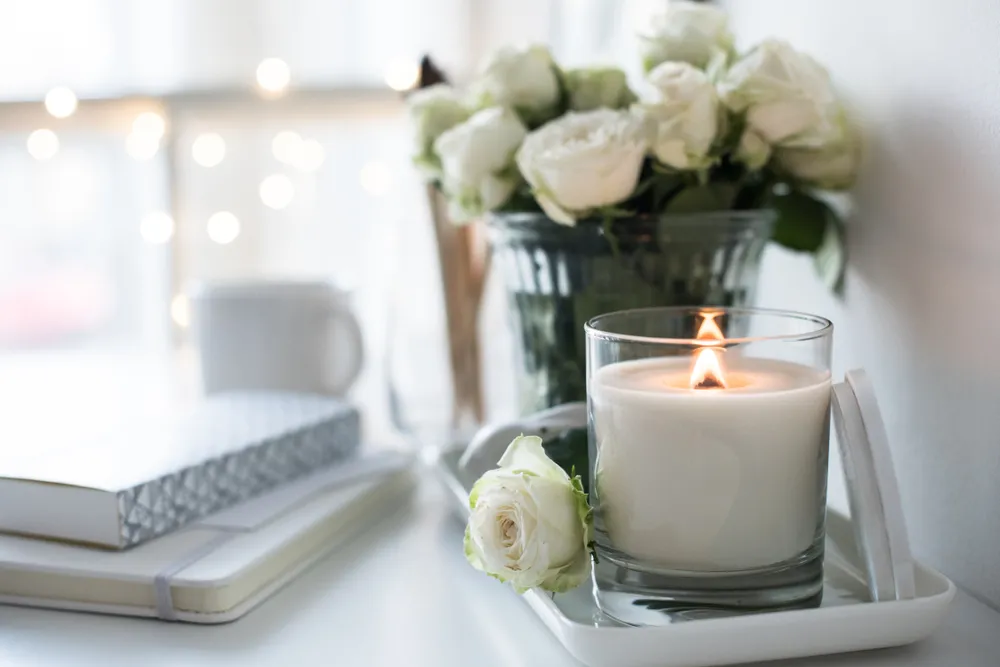
While candles and air fresheners can make your home smell delightful, they can pose hidden dangers to your pets. Traditional candles often release fumes that may cause respiratory issues in sensitive animals. A study published in the Journal of the Air & Waste Management Association found that scented candles can emit volatile organic compounds that are harmful to indoor air quality. Consider switching to pet-safe alternatives like soy-based candles or essential oil diffusers designed for animals.
Air fresheners, even those labeled as natural, can contain chemicals that are harmful to pets. Some ingredients can lead to skin irritation, respiratory distress, or even toxic reactions if ingested. It’s crucial to be cautious about where and how you use these products in your home. Opt for natural, pet-friendly options or use houseplants to naturally improve air quality. By choosing safer products, you can enjoy a pleasant-smelling home without compromising your pet’s health.
6. Open Windows And Balconies
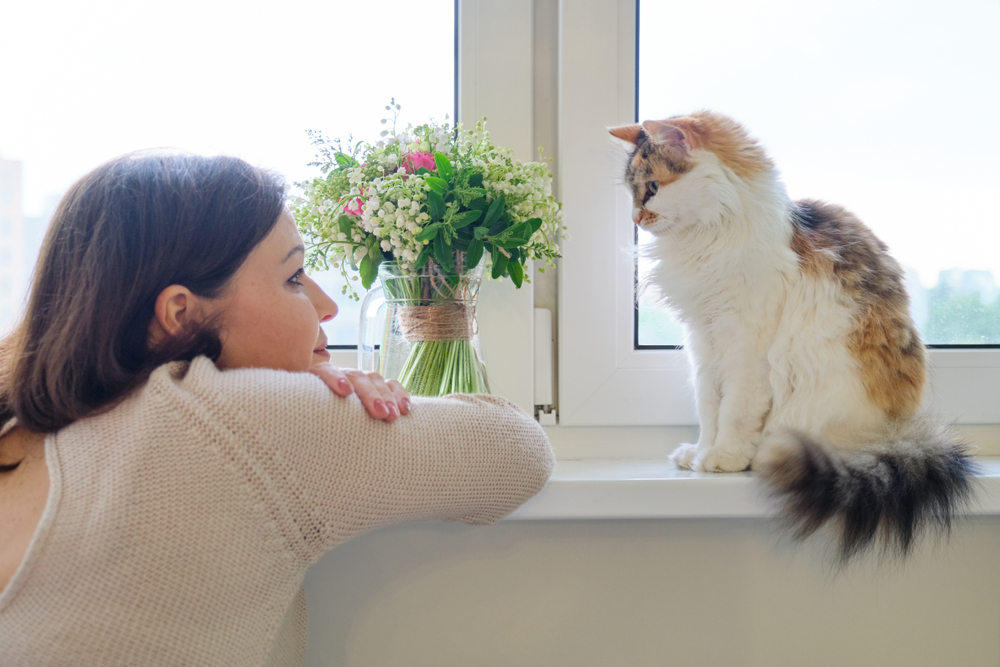
Open windows and balconies can be perilous for pets, particularly cats who are known for their climbing abilities. The risk is higher during warmer months when windows are more likely to be opened for ventilation. If a pet falls from a height, it can lead to serious injury or even be fatal. To mitigate this risk, ensure that windows are securely screened and that balcony railings are pet-proofed.
Moreover, cats and small dogs may attempt to squeeze through narrow openings, not realizing the potential danger. Even if they don’t fall, they might get stuck or injured in the process. Always supervise pets when windows or doors to balconies are open. Consider installing pet screens or safety nets to create a barrier. These simple precautions can provide peace of mind and keep your pets safe.
7. Medications
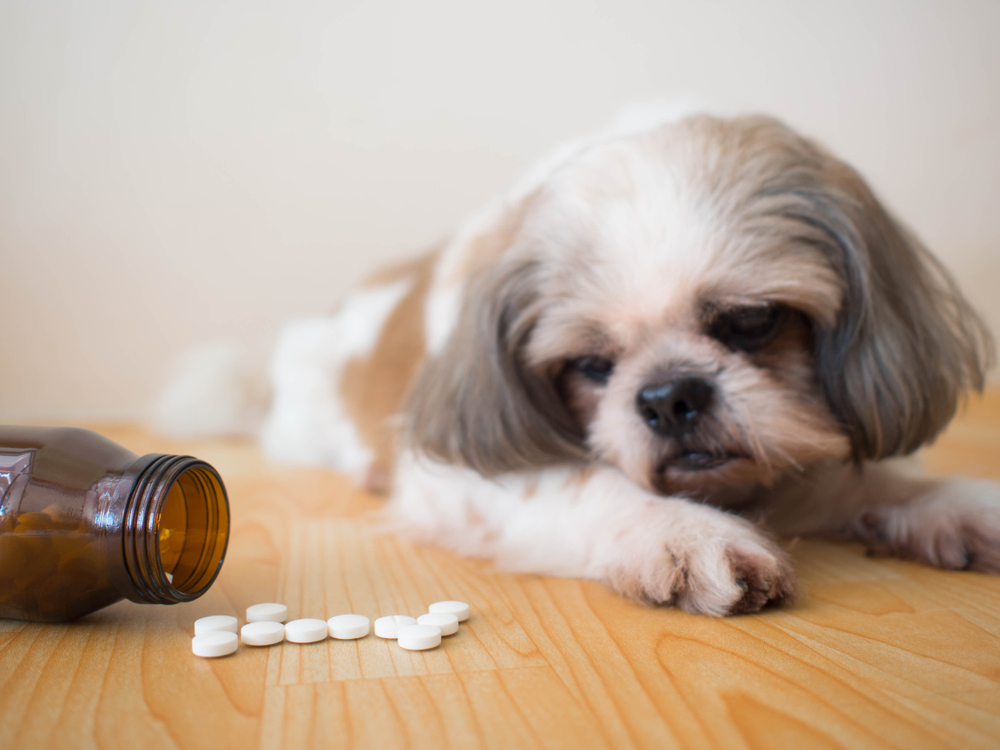
Both over-the-counter and prescription medications can pose significant health risks to pets if accidentally ingested. Pills that are safe for humans can be toxic to animals, leading to severe reactions or even death. Research published in the journal Veterinary and Human Toxicology highlights that ibuprofen, a common household drug, can cause kidney damage in dogs. Always store medications securely in a cabinet that pets can’t access or knock over.
It’s not only human medications that are a concern; pet medications should also be kept out of reach. Dosing errors or accidental ingestion of too many pills can occur if pets manage to get their paws on them. Always follow your vet’s instructions carefully when administering medications to your pets. Use child-proof containers or lockable boxes for added security. If you suspect your pet has ingested any medication, contact your vet immediately.
8. Small Toys And Objects
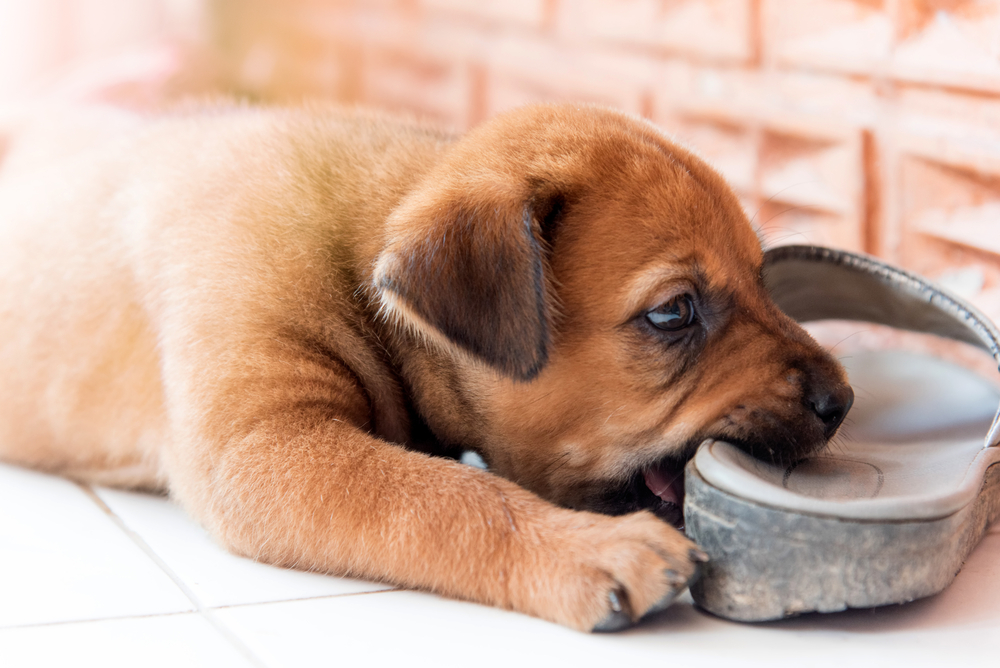
Small toys and objects scattered around your home can be more than just a tripping hazard; they can be a choking risk for pets. Cats and dogs, especially puppies and kittens, are naturally curious and may chew or swallow small items. Objects like buttons, coins, or small toy pieces can easily become lodged in your pet’s throat or digestive tract. To prevent such accidents, regularly check your floors and low surfaces for stray items.
In addition to choking risks, some small objects can cause internal injuries if swallowed. Sharp edges or toxic materials can lead to severe complications. Be vigilant about cleanup, especially in areas where your pets play or sleep. Consider baby-proofing your home by using storage bins or boxes for small items. This proactive approach not only keeps your home tidy but also safeguards your pets from potential harm.
9. Insecticides And Rodenticides
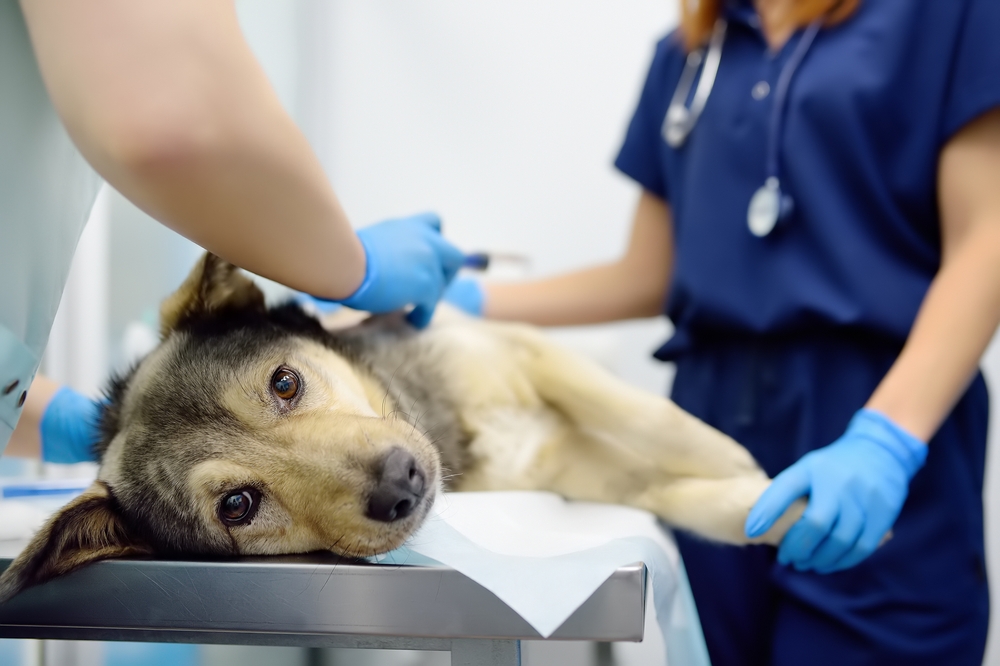
Insecticides and rodenticides are designed to eliminate pests, but they can be extremely toxic to pets. These products often contain chemicals that, if ingested, can lead to severe poisoning or even death in animals. Pets may accidentally come into contact with these substances by licking sprayed surfaces or eating poisoned pests. Always read labels carefully and follow usage instructions to minimize risks.
Consider using alternative pest control methods that are less harmful to pets. Natural deterrents or traps may offer effective solutions without the toxic side effects. When using any chemical pest control, restrict your pet’s access to treated areas. Discuss pet-safe pest control options with your veterinarian for personalized recommendations. Taking these precautions ensures that your efforts to manage pests don’t inadvertently harm your furry companions.
10. Heavy Furniture And Appliances

Heavy furniture and appliances can pose a risk to pets if they aren’t properly secured. Cats and small dogs may attempt to climb or hide behind these items, leading to potential tipping accidents. A sudden shift or fall of an unsecured piece of furniture can cause injuries to pets and people alike. Anchor heavy items to walls or floors to prevent such accidents.
In addition to securing furniture, consider your pet’s habits when arranging your home. Curious pets may try to explore tight spaces behind or beneath appliances. Ensure that these areas are either inaccessible or safe for exploration. Regularly check for potential hazards and adjust as needed to accommodate your pet’s behavior. A well-organized and secure home environment can significantly reduce the risk of accidents.
11. Trash Cans
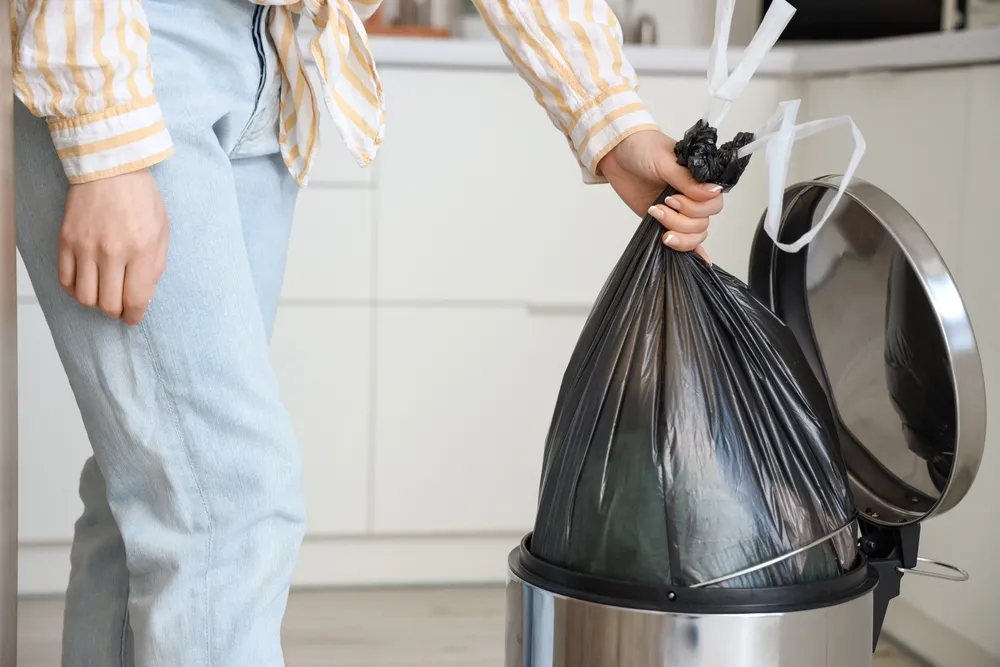
Trash cans might seem harmless, but they can be a source of danger for inquisitive pets. Dogs and cats may rummage through the garbage, ingesting harmful substances or choking on bones and packaging. Even food scraps that are safe for humans can cause digestive issues in pets. Secure trash cans with lids and place them in areas that pets can’t access, such as behind closed doors or in cabinets.
Consider investing in pet-proof trash cans with locking lids to add an extra layer of security. If your pet is particularly determined, additional barriers like child safety locks might be necessary. Regularly empty trash cans to reduce the temptation for pets to scavenge. Keeping garbage out of reach not only protects your pets but also contributes to a cleaner and more pleasant home environment.
12. Sewing Supplies And Craft Materials
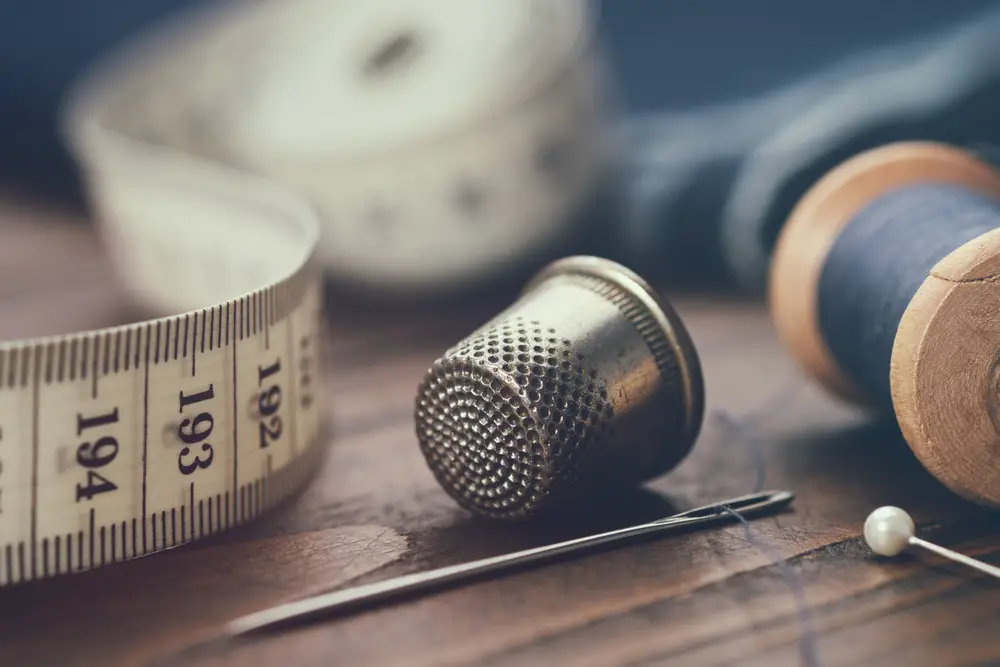
Sewing supplies and craft materials may be creatively inspiring for people, but they can present serious hazards to pets. Items like needles, thread, and small beads can easily be swallowed or cause injury. Pets, especially cats, are often drawn to the movement of thread or yarn, which can lead to entanglement or ingestion. Store these materials securely in containers or organizers that pets can’t access.
Be mindful of where you engage in sewing or crafting activities, ensuring that curious pets are supervised. Clean up immediately after your projects to prevent any stray materials from becoming accessible. Consider creating a designated crafting area that can be closed off when not in use. By taking these steps, you can pursue your hobbies without putting your pets at risk.
13. Fireplaces And Heaters
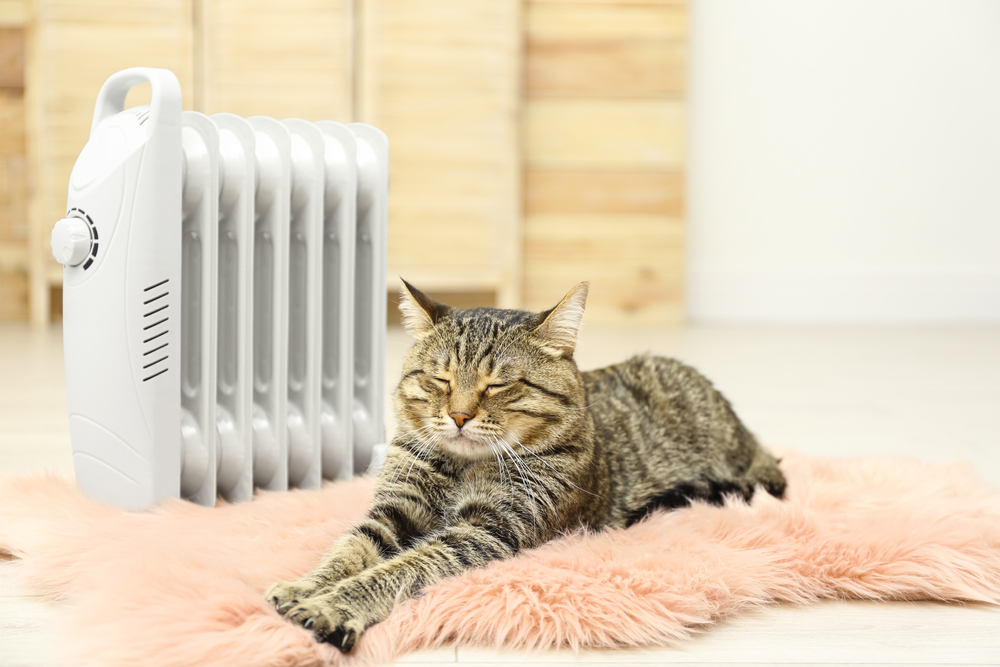
Fireplaces and heaters may provide warmth and comfort, but they also come with risks for pets. Curious animals may get too close and suffer burns from open flames or hot surfaces. Consider using a pet gate or screen to keep them at a safe distance from these heat sources. Additionally, ensure that chimneys and vents are properly maintained and cleaned to prevent smoke inhalation.
Portable heaters also pose tipping hazards, which can lead to fires or injuries. Place heaters on stable surfaces, away from areas where pets play or sleep. Always turn off heaters when leaving a room to minimize risks. By taking these precautions, you can enjoy the warmth of your home without compromising your pet’s safety.
14. Wires And String

Wires and strings, often found in electronic devices or packaging, can pose strangulation or choking hazards for pets. Cats, in particular, are drawn to these items and may play with or chew on them. To mitigate risks, organize wires and keep them out of reach using cord management solutions. Supervise pets when unpacking items to ensure they don’t gain access to strings or other potential hazards.
Besides the risk of choking or strangulation, chewing on wires can lead to electrical injuries. There are products available, like cord covers, that can help pet-proof your home. Regularly check wires for damage and replace them as needed to prevent accidents. Maintaining a tidy and organized space reduces temptations and keeps your pets safe.
